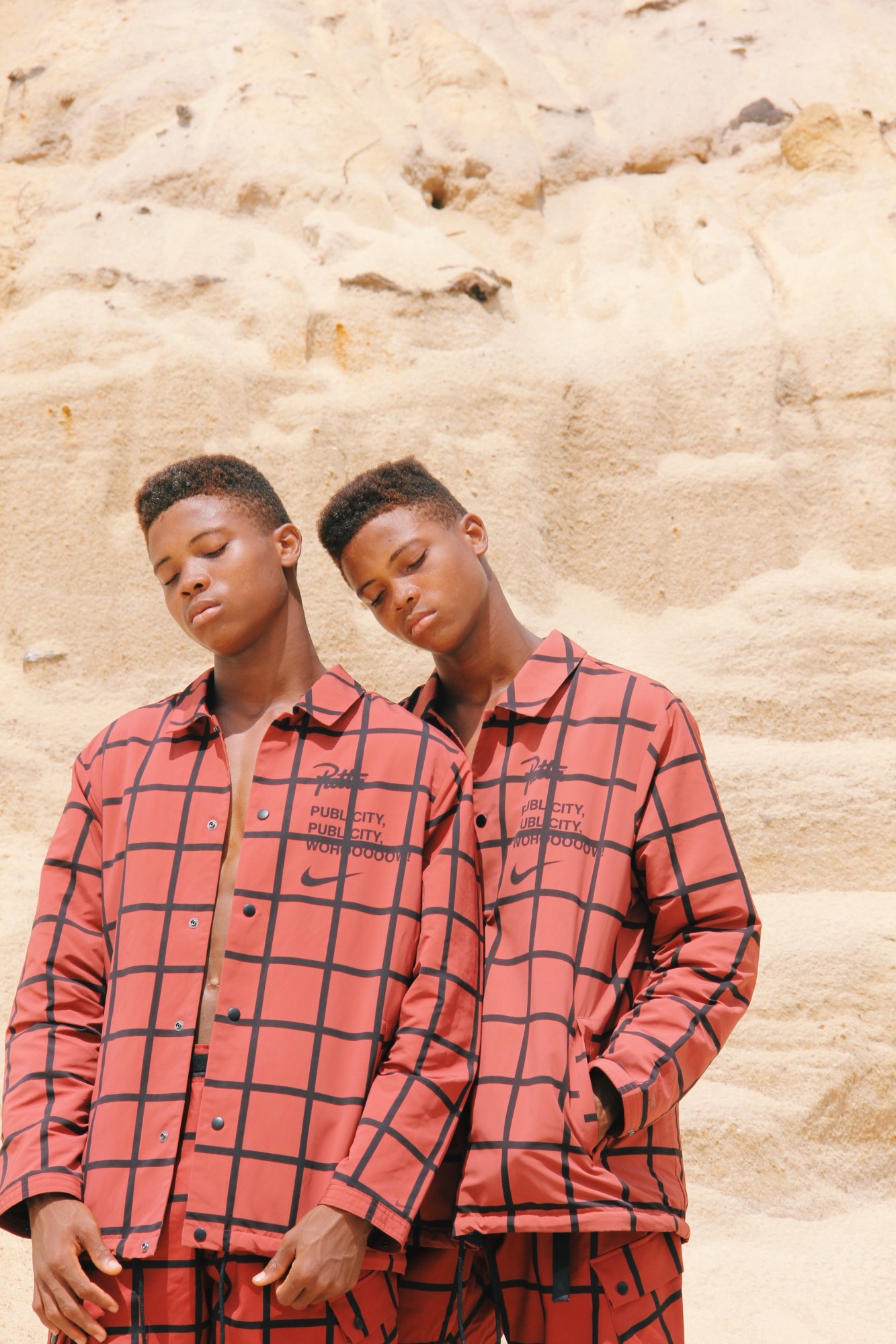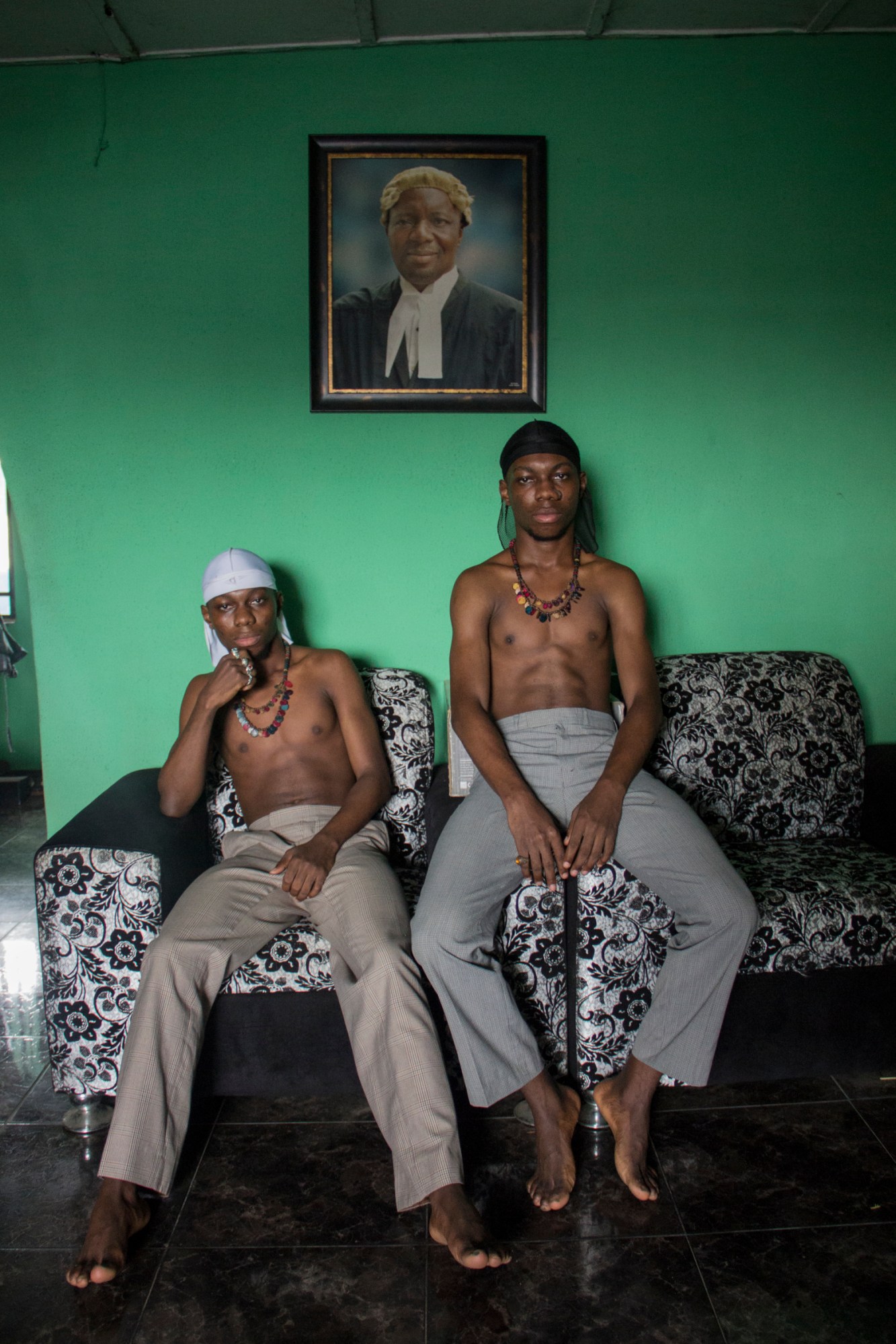Nigerian photographer and stylist Stephen Tayo uses his camera to document the beauty of life in Nigeria and elsewhere in West Africa. He spotlights the effortlessness of Nigerian style, from figures sporting contemporary streetwear to traditional printed garments, in urban and rural contexts alike. His work offers a different vision of style at an international level, where Western aesthetics continue to overpower representation.
For one series titled “Ibeji,” now on display in the “Prince·sse·s des villes” exhibit at Palais de Tokyo in Paris, Tayo focuses on twins in Nigeria, and how their style reflects their identity. The rate of twin births in West Africa is about four times higher than in the rest of the world, with more born in the southwestern Nigerian town of Igbo-Ora than anywhere in the world.
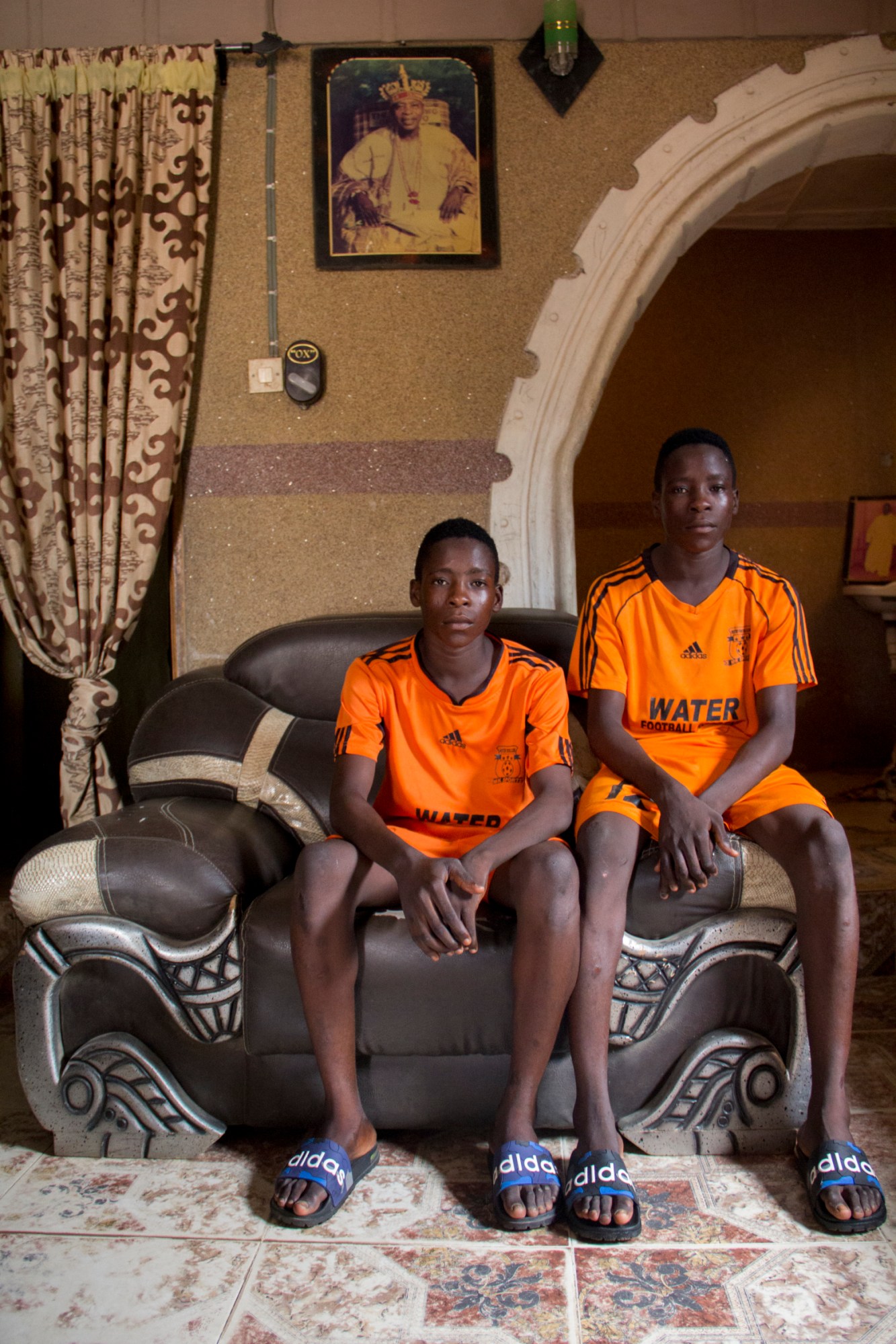
Tayo is not a twin himself, but was drawn to exploring the psychology of twinship and duality: the way people address them as a single unit, how they are made to define themselves through their similarities.
i-D spoke with the photographer—he was on his way to São Tomé, an African island close to the equator, west of Gabon—about the Nigerian art scene, his appreciation of sportsmanship, and his plans to take “Ibeji” international.
Given that “Ibeji” is ongoing, how do you want to see this series evolve? Are there certain things you’re looking for that you haven’t happened on yet?
I’m doing more research to explore other possibilities… Right now, I’m looking into how to get a residency in São Paolo in Brazil. Statistics show that there’s a huge number of twins there too. Some parts of Brazil speak Yoruba, which is my dialect, and also English for sure, plus I’ve been learning languages that are particular to this region, with help of media translators.
Do you consider yourself a documentary photographer? A fashion photographer? A street photographer? Do these distinctions help situate you, or do they feel limiting?
I think the best way to answer this question would be to say I’m a photographer first and foremost, without the distinctions on the “kind” of photography. My work includes all three elements—fashion, documentary, and street—which makes it more interesting. I’m of the view that a creative person should explore any form of photography to tell stories.
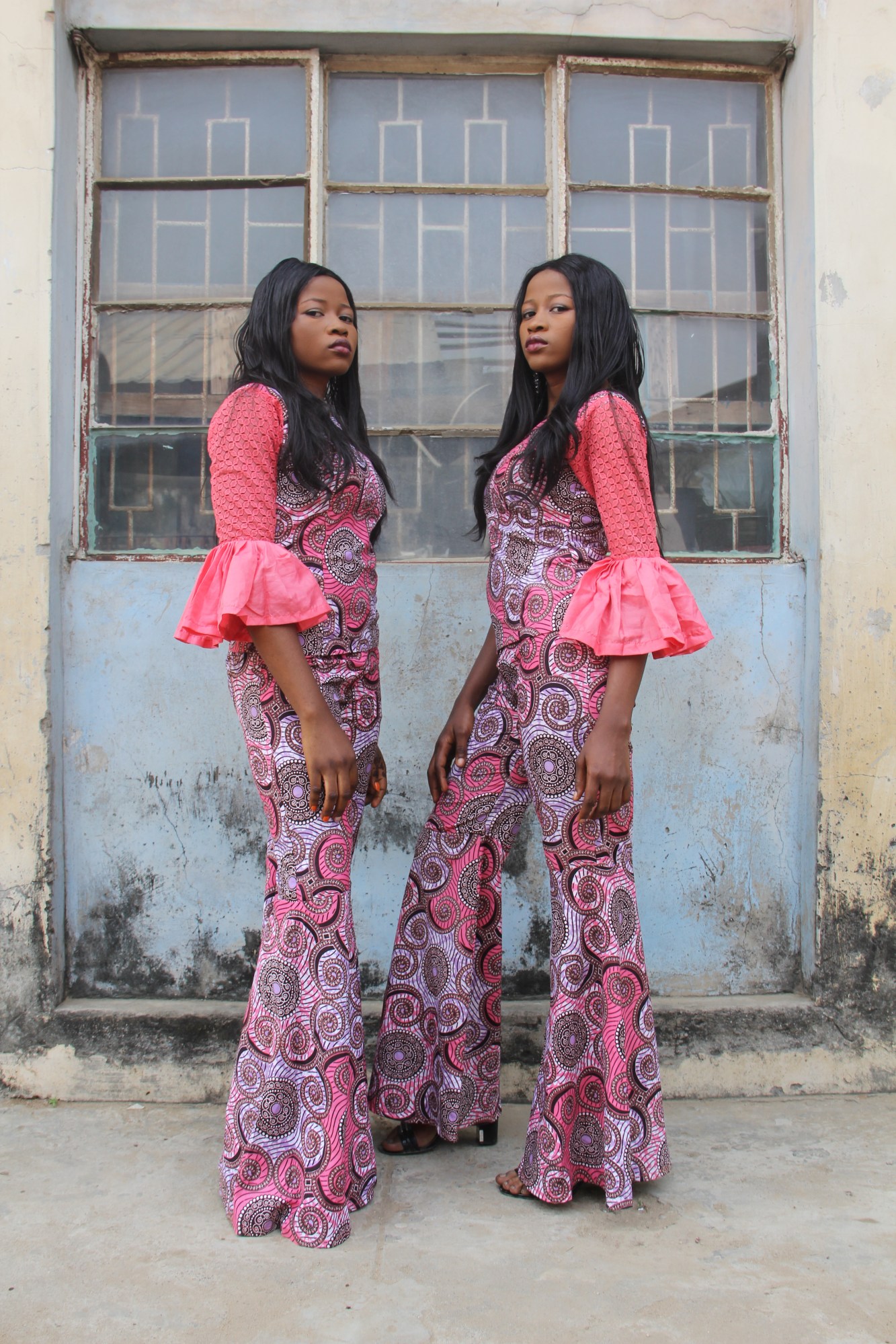
How does photographing an event like Fashion Week in Lagos differ from your own street style shooting? Is it different when people are going somewhere they know they’ll be looked at?
For me, street style photography is always a joy because you see varieties of personalities. The difference between shooting street style for Lagos Fashion Week or the Chale Wote Festival would be its different energy. It’s very beautiful to see that people take time to stand out within crowds of 10,000 people.
I read that you’ve been influenced by other iconic African portraitists like Hassan Hajjaj and Seydou Keita. Who or what else influences you, beyond the world of photography?
I play basketball, mostly because it enhances how I think in general. I love sports: I love seeing teams strive for success amidst potential downfall. I don’t follow a particular team as a fan, to be honest: this is my own way of motivating myself not to give up, and to keep working and pushing.
You studied philosophy—how did you make the transition to photography?
I loved telling my classmates what to do during group photos, and I’ve loved the idea of bringing people together in composition for photos since my university days, it was one the best times of my life. The students and professors had such an impact on my thinking.
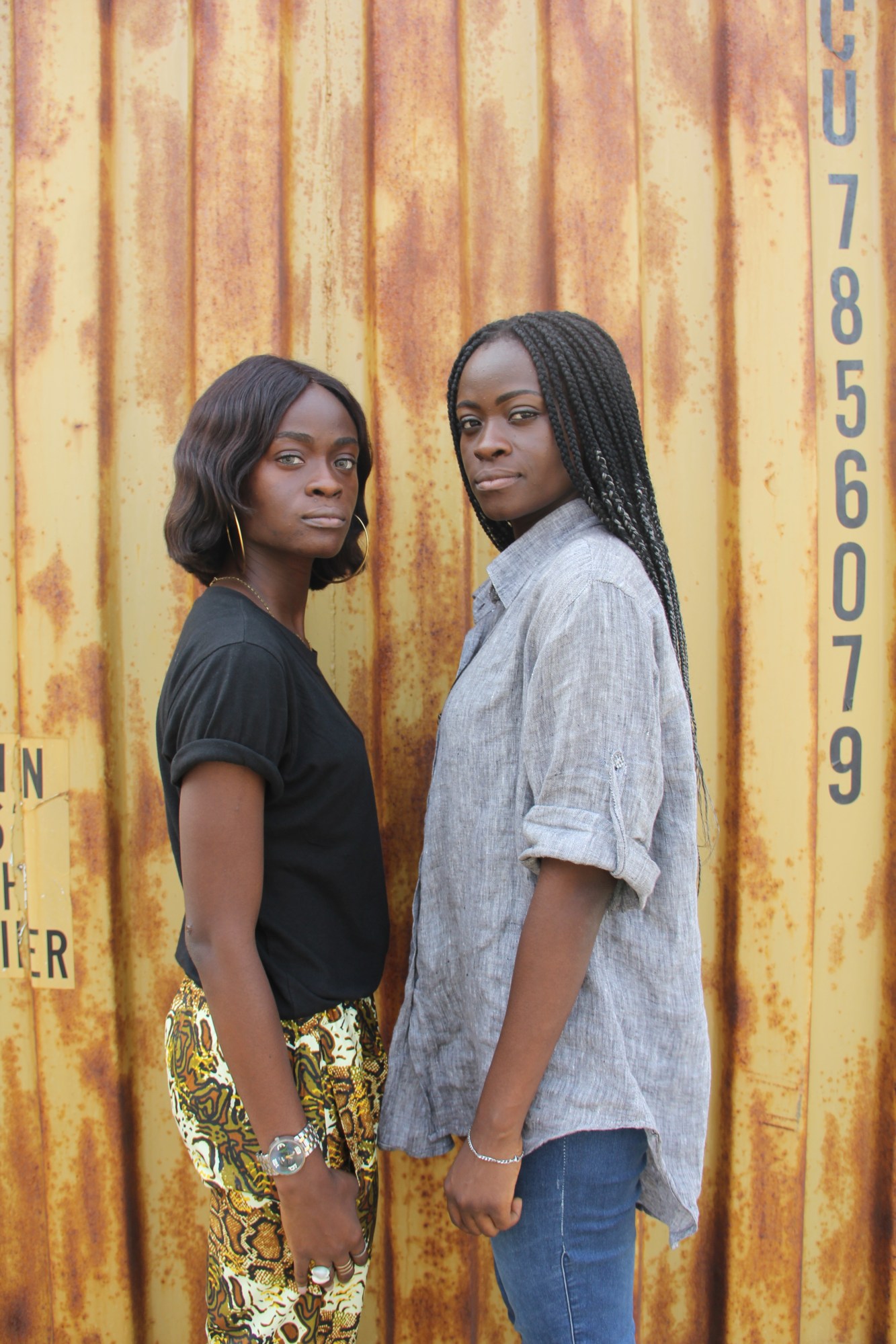
How would you describe the creative scene in Lagos? How have art fairs like Art X Lagos and LagosPhoto helped it flourish?
Lagos’s creative scene is ever-growing. Different cultures and tribes come together, which I think is a great way to learn from everyone: I’m like a student, curious to know more and more about all the amazingly talented Nigerians, be it relating to music, sports, art, film, architecture, restaurants, fashion… Fairs and festivals like Art X Lagos and Lagos Photo, in addition to other art organizations, definitely bring new structures to support emerging artists. My first-ever exhibition was at LagosPhoto, and I was invited last year by the Art X Lagos team to do portrait shoots during a live music performance. There’s surely something fresh and new about these. Slowly but steadily, things are changing. One thing I’ll say is: it’s amazing seeing people thrive above the economic madness in the country.
In 2018, the New York Times published an article you did the photographs for, “ What It Means to Dress in Lagos .” Its premise is that: “In Nigeria’s largest city, boundary-breaking style pushes up against tradition and social conservatism.” How does this piece compare with your experience of chronicling local style? Are conventions changing at all?
I think this is a great piece; it didn’t generalize, only celebrated standout personalities who were discussing what was particular to them. I think regardless of the law, and how it makes things look conservative, people are very unapologetic with the way they want to dress or look. Generally, making fashion statements is done without putting in too much effort—this is the vibe you’ll find on the streets. You encounter endless style and people taking risks.
What do Westerners most misunderstand about Nigerian style?
What I know is that the West takes a lot of inspiration from Africa and it’s interesting to see how people are now coming out to give actual credit.
